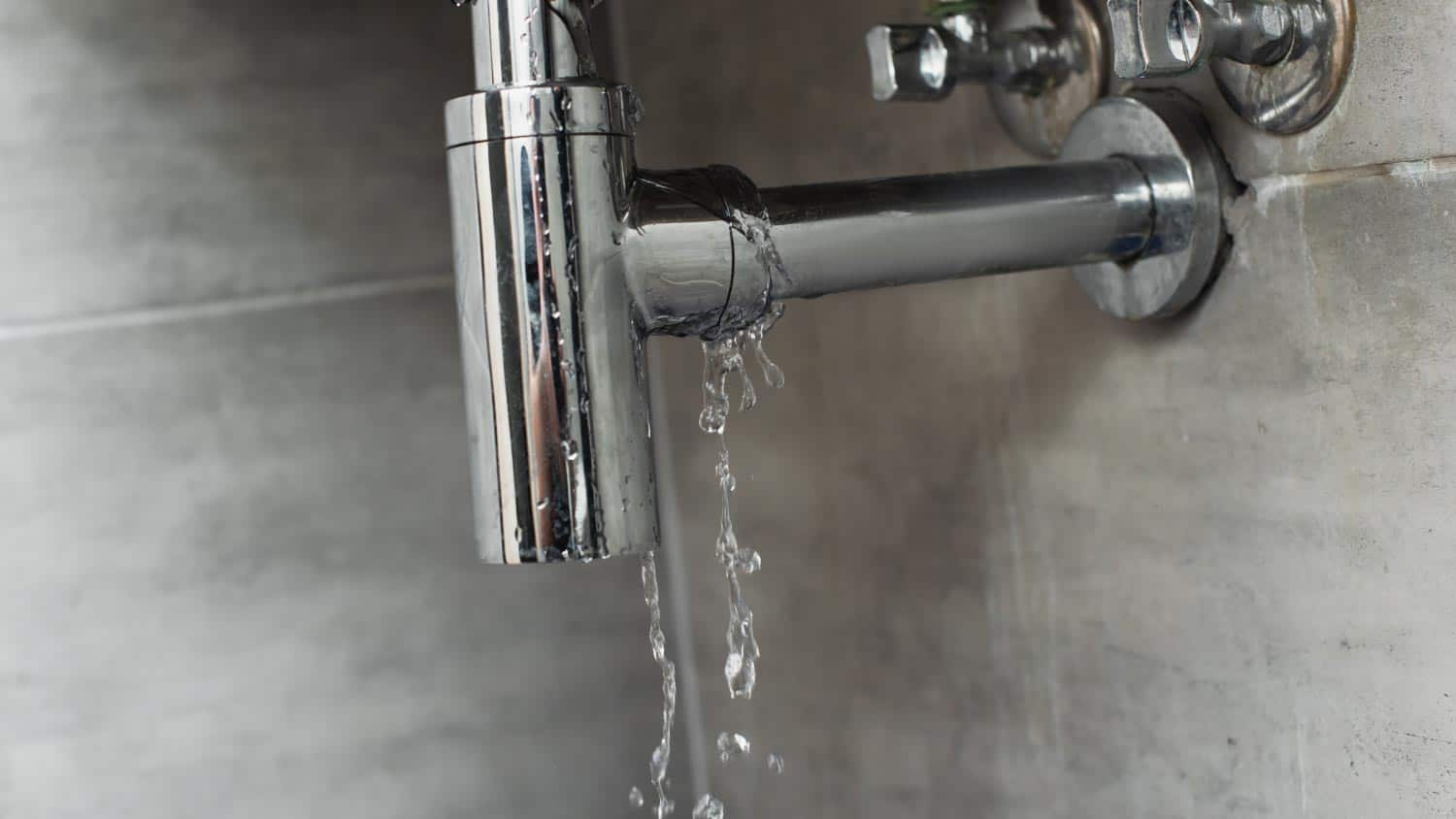Just how to Discover as well as Repair Work Water Leaks-- A Comprehensive Guide
Just how to Discover as well as Repair Work Water Leaks-- A Comprehensive Guide
Blog Article
Just how do you really feel in regards to Top leak detection hacks?

Early detection of dripping water lines can minimize a possible catastrophe. Apart from saving you money, it will decrease the aggravation as well as irritation. The minute you locate a leakage, calling your plumber for repairs is the best option. Nonetheless, some tiny water leakages might not show up. If you can not spot it with your nude eyes, below are some hacks that assist.
1. Examine the Water Meter
Every house has a water meter. Checking it is a proven way that aids you uncover leaks. For starters, switch off all the water sources. Guarantee no person will purge, utilize the tap, shower, run the cleaning machine or dishwashing machine. From there, most likely to the meter and watch if it will alter. Given that no one is using it, there ought to be no motions. That indicates a fast-moving leak if it moves. Also, if you discover no changes, wait an hour or more as well as inspect back once again. This means you may have a slow leakage that can even be underground.
2. Inspect Water Consumption
If you find unexpected modifications, in spite of your usage being the same, it indicates that you have leakages in your plumbing system. An unexpected spike in your expense suggests a fast-moving leakage.
A constant increase every month, also with the exact same habits, shows you have a slow-moving leak that's likewise gradually rising. Call a plumber to extensively check your residential property, specifically if you really feel a warm location on your flooring with piping beneath.
3. Do a Food Coloring Test
When it comes to water consumption, 30% comes from bathrooms. If the shade in some way infiltrates your bowl during that time without flushing, there's a leakage in between the tank as well as dish.
4. Asses Outside Lines
Do not forget to inspect your outdoor water lines too. Should water seep out of the link, you have a loosened rubber gasket. One small leak can waste lots of water as well as spike your water expense.
5. Check as well as Evaluate the Situation
Homeowners need to make it a practice to check under the sink counters as well as even inside cupboards for any bad odor or mold and mildew growth. These 2 warnings suggest a leakage so prompt interest is required. Doing routine inspections, even bi-annually, can conserve you from a major issue.
If you know your home is already old, keep a careful eye on your heating systems, tubes, pipelines and so on. Check for discolorations and compromising as many appliances and pipes have a life expectancy. They will certainly likewise normally weaken due to deterioration. If you believe dripping water lines in your plumbing system, do not await it to intensify. Call a professional plumber today so you don't wind up with a terrible mess in your house.
Early detection of leaking water lines can mitigate a prospective catastrophe. Some little water leaks may not be visible. Examining it is a guaranteed way that assists you uncover leaks. One little leak can waste lots of water as well as increase your water costs.
If you suspect leaking water lines in your plumbing system, don't wait for it to rise.
How to Know If Your Home Has a Hidden Leak
Water Meter Reveals Inexplicable Water Usage
If you’d like to test whether or not there’s a leak somewhere in your home, you can do this using your water meter. Here is how to conduct the test:
Don’t use any water in your home for at least 30 minutes; this also means not turning on faucets or water-using appliances.
Go outside, and check your water meter for activity.
If your water meter shows that there was activity, even though no one was using any water, this proves that there is a leak in your home.Visible Mold or Mildew Growth
Leaks behind walls create moist, dark environments that allow mold and mildew to grow and thrive. Eventually, you might see mold growth forming on the wall closest to a hidden leak.
If mold is growing in an area that receives a high amount of moisture, such as a bathroom, it may simply be an indication that better ventilation is needed. However, if you see mold growth on a wall or the ceiling in an area where you would not expect, you probably have a hidden leak.
Musty, Mildew Odor
Sometimes you might not be able to see the mold or mildew that is growing as a result of a leak. However, the smell can give the problem away just as easily. If you catch a whiff of something musty, there’s a good chance that old water is collecting somewhere in your home that you can’t see.
Stained/Warped Walls, Ceilings, or Floors
When your home soaks up water, a variety of red flags can become visible, including ceiling stains, bubbling drywall, warped walls, and sagging floors. While these issues can be caused by excess humidity, they can also be signs that a pipe or plumbing connection has started leaking behind your walls.
Inexplicably High Water Bill
After a while, you get a general sense for what your water bill should be. If you own a pool or sprinkler system, your bill will tend to be higher during summer. However, if you receive a water bill that seems especially high, and you can’t figure out what caused it, then you may have a hidden leak somewhere that’s increasing your bill.
https://www.plumbingjoint.com/blog/2019/july/how-to-know-if-your-home-has-a-hidden-leak/

I stumbled upon that blog posting on Leaking water lines when perusing the search engines. Sharing is good. Helping others is fun. Thanks a bunch for your time. Don't forget to come visit our blog back soon.
Report this page